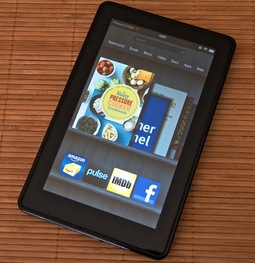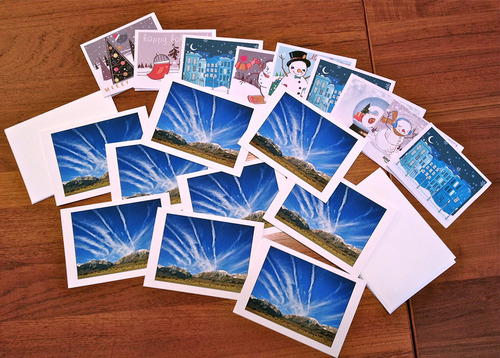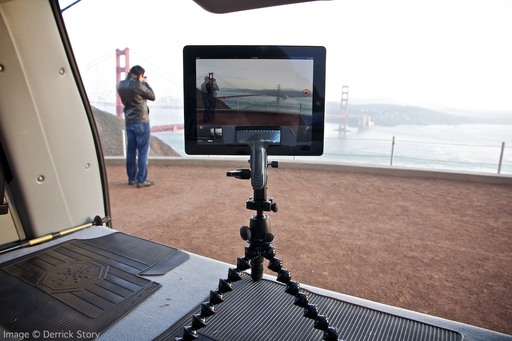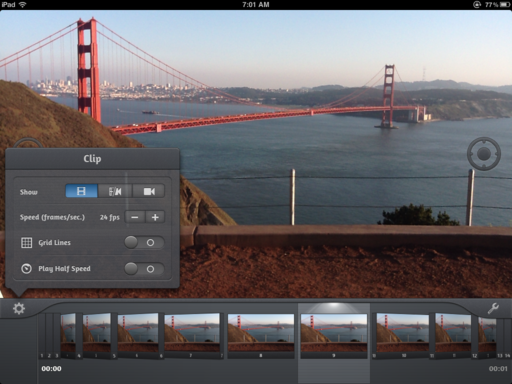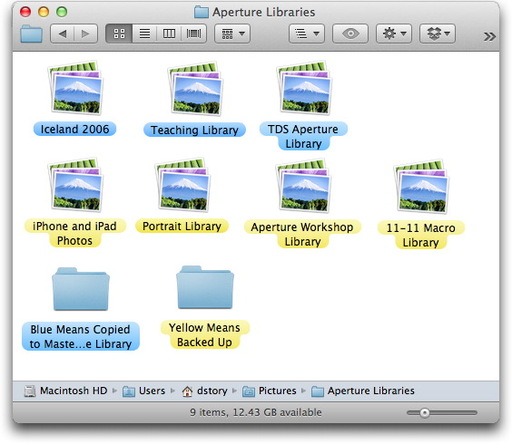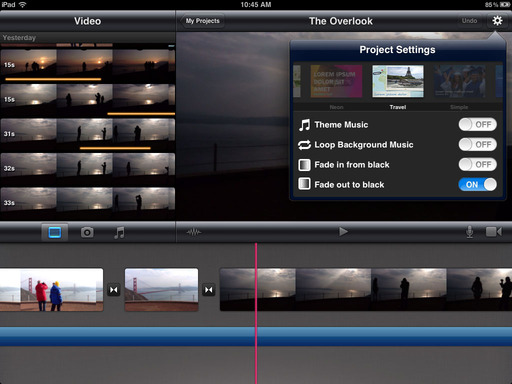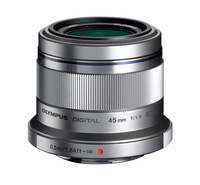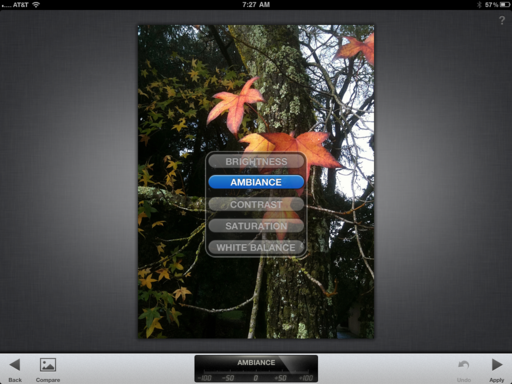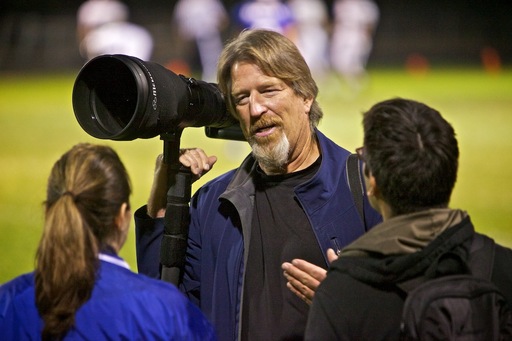If you've purchased a Kindle Fireas a gift, and want to set it up before the official unwrapping, I have a few tips for you. These are just for consideration, not necessarily recommendations. Peruse and see if anything seems interesting to you.
Preloading Content
Wouldn't it be terrific for the recipient to already have a few well-chosen books and maybe a dozen songs when they first power up? You can do this, but there are a couple of considerations. First, the Kindle Fire is tied to the account you establish when you set it up. It's easy enough to change accounts, but by doing so, you also lose any content you've purchased. (You don't really lose it; it's just not on that particular Kindle anymore.) So it's best to set up the Kindle with an Amazon account that belongs to its eventual owner.
You could get the eventual owner's information, but then when you purchase stuff, they will be charged. Ho Ho Ho! Another route to consider is setting up a new Amazon account in the eventual owner's name. I did this with a shared email address we have with our cable company. She never checks that email, so it was perfect for this use. I wrote her log-in information on the instruction card that came with the device.
More Content Via a Gift Card
If you don't think that preloading content is a practical idea, you can get an Amazon downloadable gift cardand include it with the Kindle Fire. You choose the amount, pick the style of card, then Amazon sends you a PDF that you can print out and fold. It's personalized, looks great, and is a nice touch to the already thoughtful Fire.
A Home for the Kindle
Since the device doesn't come with a case, you may want to purchase one. This makes a great add-on gift that others can give. You provide the Fire, they add the steak sauce.
Get to Know the Device
If you spend an hour or so getting familiar with the Kindle Fire, then you can help the recipient get up to speed quickly after the unwrapping. Plus, there might be software updates that need to be installed. Why not take care of that beforehand?
Fully Charged and Ready for Action
The Kindle Fire ships with a decently charged battery. But you can top it off and have the device ready for a full day of action.
Hands Off; It's for Her
Once you give the gift, let her enjoy it. It's not your toy. Hands off unless she offers to let you play with it.
The Digital Story on Facebook -- discussion, outstanding images from the TDS community, and inside information. Join our celebration of great photography!
